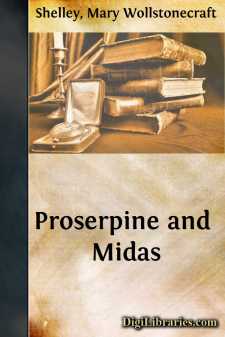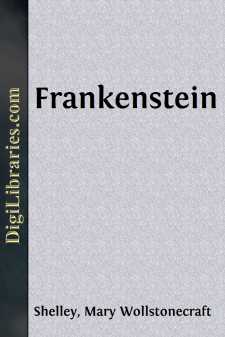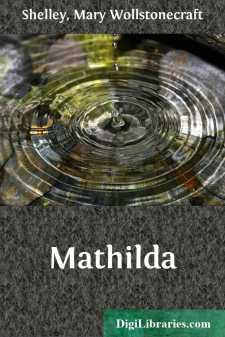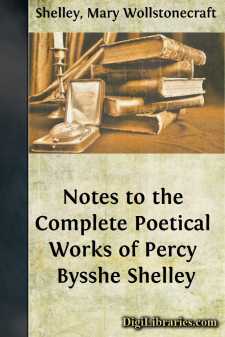Categories
- Antiques & Collectibles 13
- Architecture 36
- Art 48
- Bibles 22
- Biography & Autobiography 813
- Body, Mind & Spirit 142
- Business & Economics 28
- Children's Books 15
- Children's Fiction 12
- Computers 4
- Cooking 94
- Crafts & Hobbies 4
- Drama 346
- Education 46
- Family & Relationships 57
- Fiction 11828
- Games 19
- Gardening 17
- Health & Fitness 34
- History 1377
- House & Home 1
- Humor 147
- Juvenile Fiction 1873
- Juvenile Nonfiction 202
- Language Arts & Disciplines 88
- Law 16
- Literary Collections 686
- Literary Criticism 179
- Mathematics 13
- Medical 41
- Music 40
- Nature 179
- Non-Classifiable 1768
- Performing Arts 7
- Periodicals 1453
- Philosophy 64
- Photography 2
- Poetry 896
- Political Science 203
- Psychology 42
- Reference 154
- Religion 513
- Science 126
- Self-Help 84
- Social Science 81
- Sports & Recreation 34
- Study Aids 3
- Technology & Engineering 59
- Transportation 23
- Travel 463
- True Crime 29
Proserpine and Midas
Categories:
Description:
Excerpt
INTRODUCTION.
I.
‘The compositions published in Mrs. Shelley’s lifetime afford but an inadequate conception of the intense sensibility and mental vigour of this extraordinary woman.’
Thus wrote Dr. Garnett, in 1862 (Preface to his Relics of Shelley). The words of praise may have sounded unexpectedly warm at that date. Perhaps the present volume will make the reader more willing to subscribe, or less inclined to demur.
Mary Godwin in her younger days certainly possessed a fair share of that nimbleness of invention which generally characterizes women of letters. Her favourite pastime as a child, she herself testifies, had been to write stories. And a dearer pleasure had been—to use her own characteristic abstract and elongated way of putting it—‘the following up trains of thought which had for their subject the formation of a succession of imaginary incidents’. All readers of Shelley’s life remember how later on, as a girl of nineteen—and a two years’ wife—she was present, ‘a devout but nearly silent listener’, at the long symposia held by her husband and Byron in Switzerland (June 1816), and how the pondering over ‘German horrors’, and a common resolve to perpetrate ghost stories of their own, led her to imagine that most unwomanly of all feminine romances, Frankenstein. The paradoxical effort was paradoxically successful, and, as publishers’ lists aver to this day, Frankenstein’s monster has turned out to be the hardest-lived specimen of the ‘raw-head-and-bloody-bones’ school of romantic tales. So much, no doubt, to the credit of Mary Shelley. But more creditable, surely, is the fact that she was not tempted, as ‘Monk’ Lewis had been, to persevere in those lugubrious themes.
Although her publishers—et pour cause—insisted on styling her ‘the author of Frankenstein’, an entirely different vein appears in her later productions. Indeed, a quiet reserve of tone, a slow, sober, and sedate bearing, are henceforth characteristic of all her literary attitudes. It is almost a case of running from one to the other extreme. The force of style which even adverse critics acknowledged in Frankenstein was sometimes perilously akin to the most disputable kinds of romantic rant. But in the historical or society novels which followed, in the contributions which graced the ‘Keepsakes’ of the thirties, and even—alas—in the various prefaces and commentaries which accompanied the publication of so many poems of Shelley, his wife succumbed to an increasing habit of almost Victorian reticence and dignity. And those later novels and tales, though they sold well in their days and were kindly reviewed, can hardly boast of any reputation now. Most of them are pervaded by a brooding spirit of melancholy of the ‘moping’ rather than the ‘musical’ sort, and consequently rather ineffective as an artistic motive. Students of Shelley occasionally scan those pages with a view to pick some obscure ‘hints and indirections’, some veiled reminiscences, in the stories of the adventures and misfortunes of The Last Man or Lodore....






